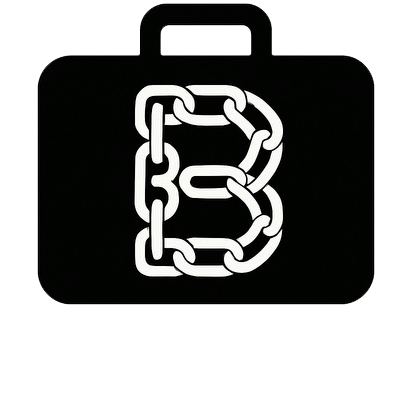Whenever there is a mention of dividends, the first name that pops up in every Canadian’s mind is Enbridge (TSX:ENB). The pipeline company earned this status from its 60-plus years of dividend-paying history and a 30-year dividend growth history.
But is Enbridge a buy right now
Enbridge has increased its debt to 4.8 times Earnings Before Interest, Taxes, Depreciation, and Amortization (EBITDA). The higher leverage ratio is because of major acquisitions, which increased revenue but also costs. The purchases have slowed its dividend growth rate to 3% as it focuses on reducing leverage and transitioning to gas pipelines. It expects to accelerate the dividend growth rate to 5% after 2026.
The acquisitions have increased Enbridge’s share price range from $40–$60 to $60–$70, reducing its dividend yield to 5.5%. Those who invested in it at around a $45–$50 share price will continue to enjoy a higher yield of over 7.5%. It is a stock to hold for its dividend yield. However, it may not be the most attractive dividend stock to buy at the current price point of $68.25, just 3% below its 52-week high.
Canada is looking to tap new export markets amidst tense trade relations with the United States. The market has already priced in the natural gas export opportunity, leaving little upside for Enbridge’s share price. However, there is a risk of downside if tariffs are prolonged.
The 5.5% yield, slow dividend growth, high leverage, and limited share price upside make Enbridge less attractive right now.
A dividend giant to buy over Enbridge
A better energy stock alternative to Enbridge in the current market is Canadian Natural Resources (TSX:CNQ). Analysts remain bullish on Canadian Natural Resources, citing its strong capital allocation strategy as a key driver of potential upside. The company has operational discipline, strong execution, and capital allocation transparency.
CNQ incorporates the dividend amount into its breakeven price, which is mid-$40/barrel on WTI. This cost advantage, combined with regular share buybacks, helps it grow dividends between 2% and 56%.
What determines the dividend growth amount?
CNQ’s free cash flow allocation policy. If its net debt is above $15 billion, 60% of the free cash flow (FCF) is returned to shareholders through dividends and share buybacks. The company’s debt increased to over $17 billion in 2025 as it acquired more low-depleting reserves and increased production. Increased production led to higher FCF, providing room for dividend growth.
While the capital allocation model looks robust, success lies in execution, and CNQ has executed well. Even though oil and gas prices are expected to cool, CNQ is well placed to grow dividends through strong double-digit growth in the coming years. The only time its dividend growth rate slowed to low to mid-single digits was in the 2015 oil crisis and the 2009 Great Financial Crisis. This shows its resilience to market crises.
Why is Canadian Natural Resources better than Enbridge in the current market?
Unlike Enbridge, which is bound by capital-intensive pipeline infrastructure, Canadian Natural Resources has more flexibility in terms of production and distribution. CNQ can sell oil and gas to anyone in the world at competitive rates. Enbridge, on the other hand, only caters to North America, investing billions of dollars in building pipelines to transmit oil and gas efficiently. The lack of flexibility makes it less attractive at high valuations.
While both stocks are fundamentally strong and give over a 5% yield, CNQ is a better buy for its higher dividend growth rate. To put it in absolute numbers, a $10,000 investment in each will buy you 218 shares of CNQ and 146 shares of Enbridge. Considering a 10% dividend growth rate for CNQ and 3% in 2026 and 5% in 2027 for Enbridge, the former will start giving higher dividends from 2027 onwards.





